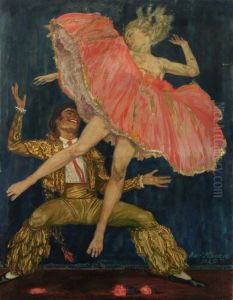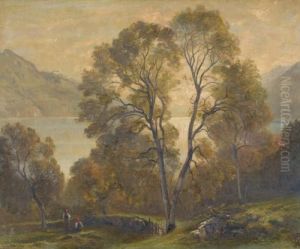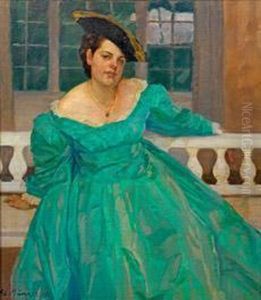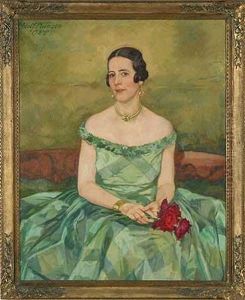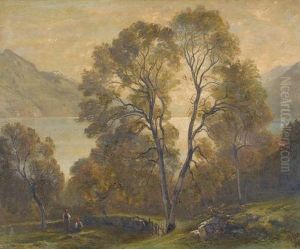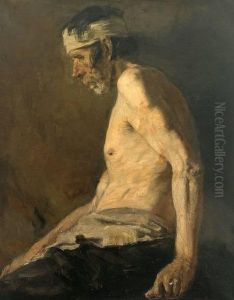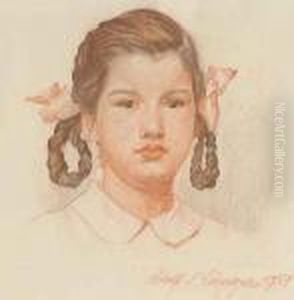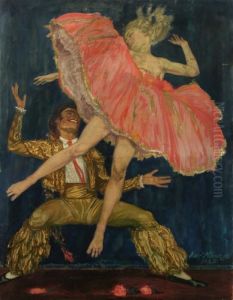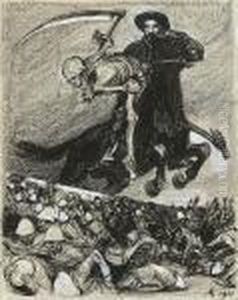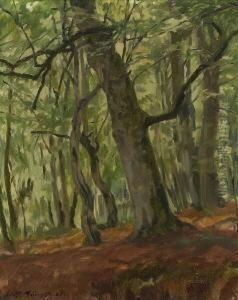Adolf Munzer Paintings
Adolf Münzer was a distinguished German painter and graphic artist, renowned for his contributions to the Jugendstil movement, the German variant of Art Nouveau. Born on June 14, 1870, in Dillingen an der Donau, Bavaria, Münzer embarked on his artistic journey at a young age, showing a proclivity for the arts. He pursued his formal education in the field of art at the Munich Academy of Fine Arts, where he was notably influenced by the prevailing Jugendstil aesthetic, a movement that sought to create a new style free from the historicism that dominated the 19th century.
During his early career, Münzer's works were characterized by their decorative qualities, vibrant colors, and intricate details, embodying the essence of Jugendstil. He was adept in various mediums, including painting, printmaking, and illustration, and his art often depicted scenes of nature, mythology, and everyday life, infused with a lyrical and romantic sensibility.
In 1898, Münzer became a member of the Munich Secession, a group of artists who broke away from the mainstream academic art scene in Munich to promote more innovative and modern art forms. His involvement with the Secession enhanced his reputation and provided him with platforms to exhibit his work alongside other prominent artists of the time. Münzer's contributions to the visual arts also extended to his role as a teacher; he was a respected educator at the Munich Academy of Fine Arts, where he influenced a new generation of artists.
Throughout his career, Adolf Münzer remained committed to the Jugendstil movement, even as artistic trends evolved. His dedication to the style and his ability to adapt it to various forms of visual art earned him a lasting place in the history of German art. Münzer's legacy is preserved through his works, which continue to be celebrated for their beauty and historical significance.
Adolf Münzer's life was marked by his passion for art and his contribution to the German artistic landscape. He passed away on August 17, 1953, in Munich, leaving behind a body of work that continues to inspire admiration and study for its unique blend of naturalism and stylization, characteristic of the Jugendstil movement.
